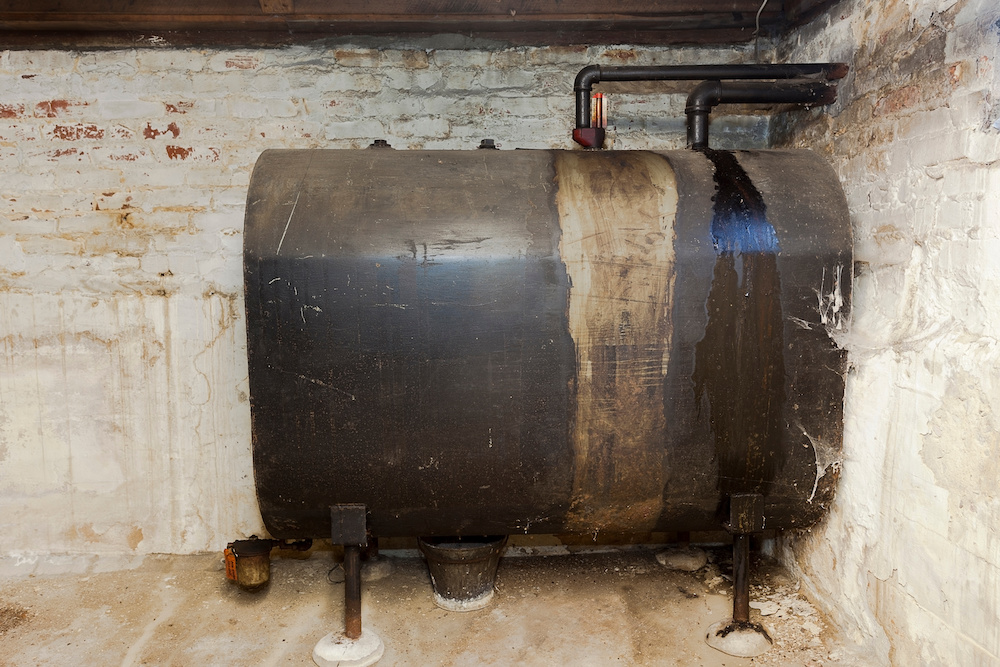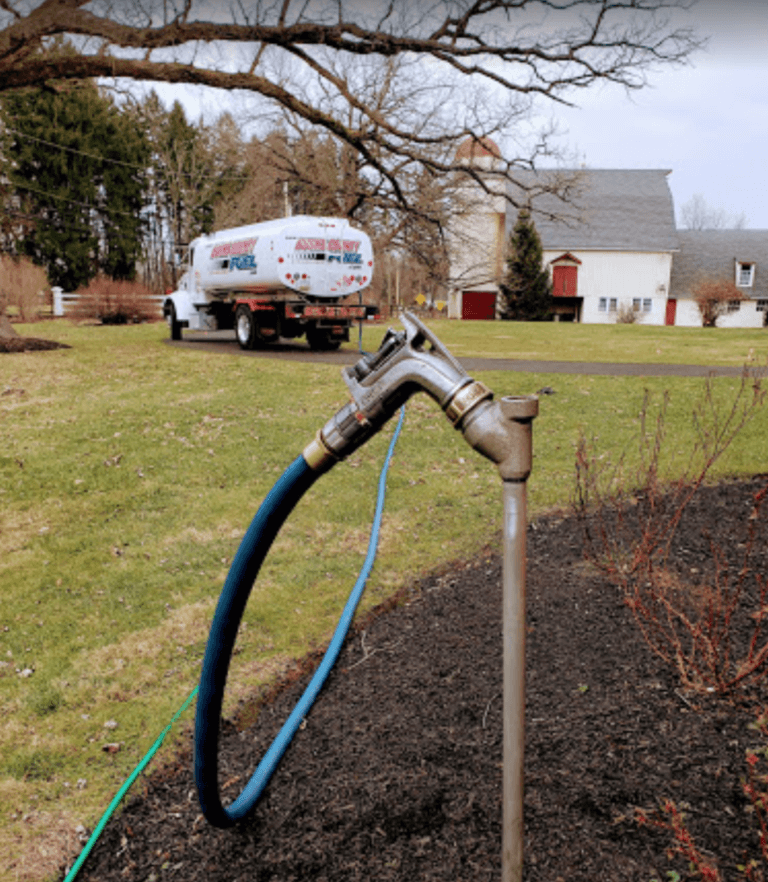If you have an oil heater in your Bucks County home home or have recently repaired your old one, you may be wondering when it’s time for a new oil tank installation. Although oil tanks are known for their reliability and efficiency, they can wear out over time, causing leaks and other problems.
There are several signs that indicate it’s time to consider an oil tank repacement tank with a new one. It’s important to act immediately, as these issues can affect the safety and efficiency of your heating system and even pose a risk to your health and the environment.
In this article, we will share beneficial tips on when a new oil tank installation becomes necessary. By recognising the warning signs and taking the necessary steps to maintain or replace your oil tank, you can ensure that your heating system runs smoothly and efficiently.
Signs That it’s Time for a New Oil Tank Installation in Bucks County
#1 Rust & Wet Spots
Rust is one of the biggest problems associated with oil-fired heating systems. Your heating system can become clogged if you have rust inside your fuel tank. There might be more inside than you think if there are a couple of spots on the outside. The presence of dents on the exterior of a tank can also be a sign of an internal problem.
Noticing moisture on your oil tank, whether on top or beneath, could indicate something is internally wrong. Inspect your tank immediately if you see any signs of humidity.
Moisture typically begins to form at the bottom of the tank and continues to rise until it reaches the top. Moisture that builds up without you noticing can form black icicle-like deposits, leading to more severe problems. In this case, this step will not apply to underground storage tanks since rain, dew, and many other factors can contribute to your lawn getting wet. However, if you notice wet spots on or around your basement oil tank, it is essential to have it serviced as soon as possible.
#2 Oil Tank’s Age
With regular maintenance and correct upkeep, oil tanks can last beyond 15 years. We highly recommend having your tank inspected by a professional much more frequently if it is between 10-15 years old. However, your oil tank doesn’t necessarily need to be more than 15 years old for you to replace it. Earlier oil tank replacement may be more energy-efficient and cost-effective. Using a newer model instead of an old one could save expenses, heat your home faster, and prevent many future problems.
#3 Exterior Damage
In most cases, the condition of an oil tank deteriorates from the inside out. Over time, the tank corrodes as sediment accumulates. Moisture from condensation builds up inside the tank and interacts with the changing temperatures outside, resulting in corrosion from the inside. Over time, the external surface of the tank becomes damaged. You should be alarmed if your tank is dented or cracked.
A damaged exterior indicates that you may need to contact a professional for an oil tank replacement in Bucks County. You should schedule an inspection appointment as soon as possible, because external damage to your oil tank may mean that it won’t function properly for much longer.
#4 Leaking Oil Tank
If your heating oil tank is leaking, it’s the end of the line; replacement may be necessary. The tank could have corroded from the inside, causing holes and cracks to develop, which prevent the oil from being contained. In addition to being too expensive to repair, the old tank may be more susceptible to further damage. Therefore, if you notice any signs of a leak in your oil tank, it’s essential to get Bucks County oil tank replacement services immediately.
The most obvious ones are those that you can see right away, while others may not be noticeable until you inspect your oil tank carefully. An obvious sign of a leaking tank is a puddle of oil around the tank. If this happens, contact your local tank expert immediately. In some cases, leaking oil isn’t so obvious. One way to spot a problem is to look for puddles and wet spots. These can form on the deck under the tank. In addition, a leaking tank can increase oil consumption.
#5 Inaccurate Fuel Gauge
The fuel gauge not accurately displaying how much oil is in your tank is a warning sign, and you should have it inspected immediately. Oil gauge replacement is a minimum requirement, but since it may indicate more serious issues within your tank, you may need new oil tank installation in Bucks County.
Cost of an Oil Tank Replacement in Bucks County
When it comes a new oil tank installation, cost is one of the first things you think about. Plan for the cost if you foresee the end of life of your current tank or are buying a new home. There is no set price for replacing an oil tank; the cost depends on a variety of factors. Fortunately, however, Bucks County Fuel offers financing options for oil tank installations.
Best Oil Tank Installations Near Levittown, PA
Replacing an old oil tank can save thousands of dollars and avoid environmental issues. Deciding on the best option and selecting the most efficient system lowers your energy bills and increases your home’s resale value.While buying an oil tank may not be particularly exciting, it’s essential. If you take good care of it, you probably won’t need to replace it for at least 10-20 years. To extend the life of your oil tank, it’s important to continually carry out visual checks and schedule regular professional maintenance. Our experts can help you check or replace your oil tank whenever required. Feel free to contact Bucks County Fuel for assistance.




